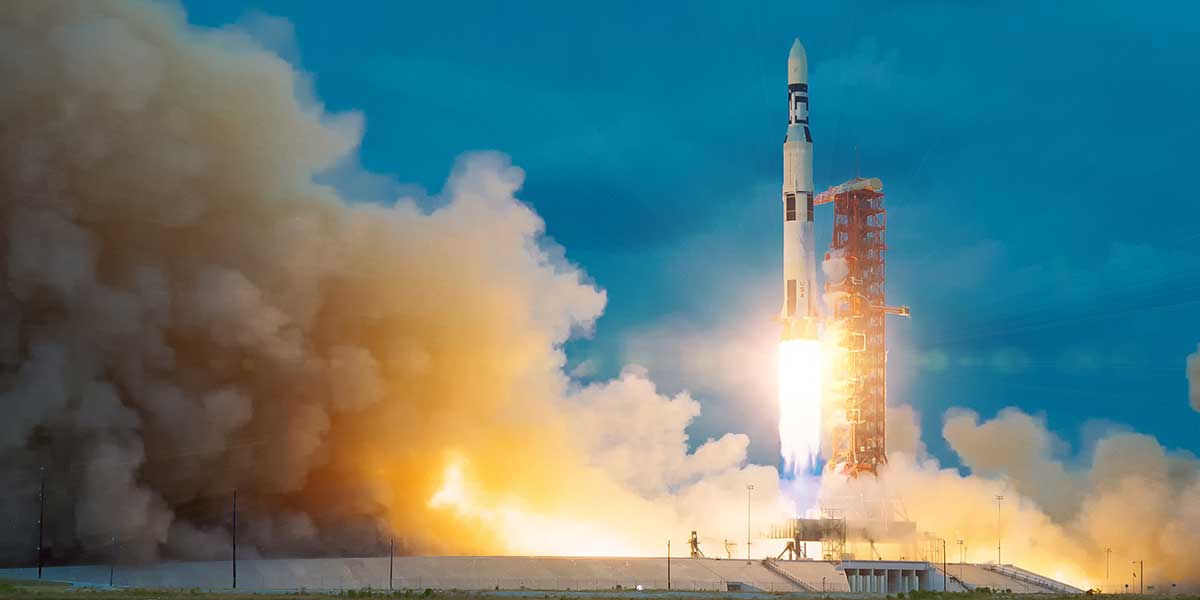AWS Public Sector Blog
Tag: weather
Understanding wildfire risk in a changing climate with open data and AWS
The First Street Foundation, a nonprofit research and technology group, is committed to making climate risk information accessible, simple to understand, and actionable for individuals, governments, and industry. As part of the Amazon Sustainability Data Initiative (ASDI), AWS invited Dr. Ed Kearns, the chief data officer of First Street Foundation, to share how AWS technologies and open data are supporting their mission to provide accurate and up-to-date information on climate related risks.
22 new or updated open datasets on AWS: New polar satellite data, blockchain data, and more
The AWS Open Data Sponsorship Program makes high-value, cloud-optimized datasets publicly available on AWS. The full list of publicly available datasets are on the Registry of Open Data on AWS and are now also discoverable on AWS Data Exchange. This quarter, AWS released 22 new or updated datasets including Amazonia-1 imagery, Bitcoin and Ethereum data, and elevation data over the Arctic and Antarctica. Check out some highlights.
OpenFold, OpenAlex catalog of scholarly publications, and Capella Space satellite data: The latest open data on AWS
The AWS Open Data Sponsorship Program makes high-value, cloud-optimized datasets publicly available on AWS. Our full list of publicly available datasets are on the Registry of Open Data on AWS and are now also discoverable on AWS Data Exchange. This quarter, we released 15 new or updated datasets including OpenFold, OpenAlex, and radar data from Capella Space. Check out some highlights from the new or updated datasets.
How students help modernize rocket launches at the Western Range with the AWS Cloud
Vandenberg Space Force Base (VSFB), also known as the Western Launch and Test Range, is one of only two U.S. Space Force launch ranges. A safe rocket launch relies on the ability of Western Range meteorologists to gather and analyze weather data in real-time. The Western Range team wanted to switch to an agile, cloud-based solution that would streamline data analysis and keep operators safe—which prompted them to call on students and AWS Cloud experts at the California Polytechnic State University (Cal Poly) Digital Transformation Hub (DxHub), powered by AWS, to help VSFB prototype a solution.
Dive deep into sustainability with the re:Invent sustainability attendee guide
This year’s re:Invent includes many sustainability topics. To guide you across breakout sessions and activities, check out the re:Invent sustainability attendee guide. We’re looking forward to sharing this content to inspire teams, to learn from each other, to get hands-on, and to see what’s possible when we combine technology with sustainability.
How open data from weather radar helps scientists improve environmental understanding
Weather radars see more than just the weather: they see smoke from fires, meteors, birds, mayflies, and almost anything else in the atmosphere. This makes weather radars an invaluable tool for scientists seeking to further the understanding of atmospheric processes and anything else that happens to be flying through the radar’s field of view. The Amazon Sustainability Data Initiative (ASDI) seeks to accelerate sustainability-related innovation and research by helping to minimizing the cost and time required to store, acquire, and analyze large weather and climate datasets.
Open data on AWS supports sustainable agricultural practices and crop optimization
With a rapidly growing population, the world is increasingly dependent on the ability to develop and maintain sustainable agriculture and healthy environments. Learn how BASF Digital Farming is leveraging both National Oceanic and Atmospheric Administration (NOAA) weather data hosted on AWS, and commercial weather data, to develop digital solutions to help farmers effectively monitor and manage their fields, and help drive farm sustainability.
The Water Institute of the Gulf runs compute-heavy storm surge and wave simulations on AWS
The Water Institute of the Gulf runs its storm surge and wave analysis models on Amazon Web Services (AWS)—a task that sometimes requires large bursts of compute power. These models are critical in forecasting hurricane storm surge event (like Hurricane Laura in August 2020), evaluating flood risk for the Louisiana and other coastal states, helping governments prepare for future conditions, and managing the coast proactively.
Building cloud-based community knowledge about machine learning to predict and understand extreme weather
The National Center for Atmospheric Research (NCAR) is a federally funded research and development center sponsored by the National Science Foundation. It engages in large-scale Earth system science research projects in collaboration with the broader university community. NCAR hosts visitors from around the world, develops community models including the Community Earth System Model and the Weather Research and Forecasting Model, and maintains supercomputers, observational systems, and aircraft to support further study on the how the planet works. As part of the Amazon Sustainability Data Initiative, we invited Dr. David John Gagne, machine learning (ML) scientist at NCAR, to share how open data and machine learning on AWS are impacting the way we predict and understand extreme weather.
Himawari-8: Enabling access to key weather data
Last December, AWS announced the expansion of its collaboration with the U.S. NOAA to make environmental data easier to access and use through the Big Data Program. Users can now access new, authoritative NOAA data on AWS without needing to download and store their own copies. Researchers and entrepreneurs can deploy compute resources on-demand in the cloud, perform analysis quickly and efficiently, and save costs by letting researchers ask more questions and experiment more easily. One of the foundational datasets now available on AWS through this collaboration is Himawari-8, the Japan Meteorological Agency’s satellite dataset.









